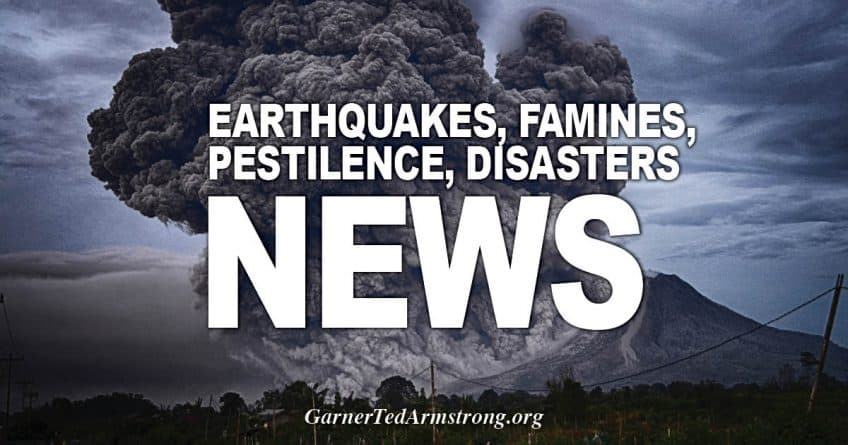
HIV, the virus that causes AIDS, is one of the world’s most serious public health challenges. But there is a global commitment to stopping new HIV infections and ensuring that everyone with HIV has access to HIV treatment.
According to UNAIDS :
Number of People with HIV—There were approximately 37.9 million people across the globe with HIV/AIDS in 2018. Of these, 36.2 million were adults and 1.7 million were children (<15 years old).
New HIV Infections—An estimated 1.7 million individuals worldwide became newly infected with HIV in 2018. (New HIV infections, or “HIV incidence,” refers to the estimated number of people who newly acquired the HIV virus during a year, which is different from the number of people diagnosed with HIV during a year. Some people may have HIV but not know it.) Of these new infections:
- 1.6 million infections were among people ages 15 and older
- 160,000 infections were among children ages 0-14

HIV Testing—Approximately 79% of people with HIV globally knew their HIV status in 2018. The remaining 21% (about 8.1 million people) still need access to HIV testing services. HIV testing is an essential gateway to HIV prevention, treatment, care, and support services.
HIV Treatment Access—In 2018, 23.3 million people with HIV (62%) were accessing antiretroviral therapy (ART) globally, an increase of 1.6 million since 2017, and up from 8 million in 2010. HIV treatment access is key to the global effort to end AIDS as a public health threat. People with HIV who are aware of their status, take ART daily as prescribed, and get and keep an undetectable viral load can live long, healthy lives and have effectively no risk of sexually transmitting HIV to their HIV-negative partners.
HIV Care Continuum—The term HIV care continuum refers to the sequence of steps a person with HIV takes from diagnosis through receiving treatment until his or her viral load is suppressed to undetectable levels. Each step in the continuum is marked by an assessment of the number of people who have reached that stage. The stages are: being diagnosed with HIV; being linked to medical care; starting ART; adhering to the treatment regimen; and, finally, having HIV suppressed to undetectable levels in the blood. UNAIDS’s 90-90-90 goals set as targets that by 2020, 90% of all people with HIV will know their HIV status, 90% of all people who know their status will be on ART, and 90% of all people receiving ART will have viral suppression. Tracking progress toward those goals, UNAIDS reports that in 2018, of all people with HIV worldwide:
- 79% knew their HIV status
- 78% of all people who knew their status were accessing ART
- 86% of all people receiving ART had viral suppression
Mother-to-Child Transmission—In 2018, 92% of pregnant women with HIV received ART to prevent transmitting HIV to their babies during pregnancy and childbirth and to protect their own health. This is compared to 49% in 2010.
AIDS-related Deaths—AIDS-related deaths have been reduced by more than 55% since its peak in 2004. In 2018, around 770,000 people died from AIDS-related illnesses worldwide, compared to 1.2 million in 2010 and 1.7 million in 2004.
Regional Impact—The vast majority of people with HIV are in low- and middle-income countries. In 2018, there were 20.6 million people with HIV (57%) in eastern and southern Africa, 5.0 million (13%) in western and central Africa, 5.9 million (16%) in Asia and the Pacific, and 2.2 million (6%) in Western and Central Europe and North America.
Challenges and Progress
Despite advances in our scientific understanding of HIV and its prevention and treatment as well as years of significant effort by the global health community and leading government and civil society organizations, too many people with HIV or at risk for HIV still do not have access to prevention, care, and treatment, and there is still no cure. Further, the HIV epidemic not only affects the health of individuals, but it also impacts households, communities, and the development and economic growth of nations. Many of the countries hardest hit by HIV also suffer from other infectious diseases, food insecurity, and other serious problems.
Despite these challenges, there have been successes and promising signs. New global efforts have been mounted to address the epidemic, particularly in the last decade. The number of people newly infected with HIV has declined over the years. In addition, the number of people with HIV receiving treatment in resource-poor countries has dramatically increased in the past decade and dramatic progress has been made in preventing mother-to-child transmission of HIV and keeping mothers alive.
However, despite the availability of a widening array of effective HIV prevention tools and methods and a massive scale-up of HIV treatment in recent years, UNAIDS cautions that the pace of progress in reducing new HIV infections, increasing access to treatment, and ending AIDS-related deaths is slowing down, with some countries making impressive gains while others are experiencing rises in new HIV infections and AIDS-related deaths.
U.S. Response to the Global Epidemic
The U.S. President’s Emergency Plan for AIDS Relief (PEPFAR) is the U.S. Government’s response to the global HIV/AIDS epidemic and represents the largest commitment by any nation to address a single disease in history. Through PEPFAR, the U.S. has supported a world safer and more secure from infectious disease threats. It has demonstrably strengthened the global capacity to prevent, detect, and respond to new and existing risks—which ultimately enhances global health security and protects America’s borders.
In addition, the National Institutes of Health (NIH) represents the largest public investment in HIV/AIDS research in the world. NIH is engaged in research around the globe to understand, diagnose, treat, and prevent HIV infection and its many associated conditions, and to find a cure.
Read more about the U.S. Government’s global HIV/AIDS activities.
Source: https://www.hiv.gov/hiv-basics/overview/data-and-trends/global-statistics
[Disclaimer]







